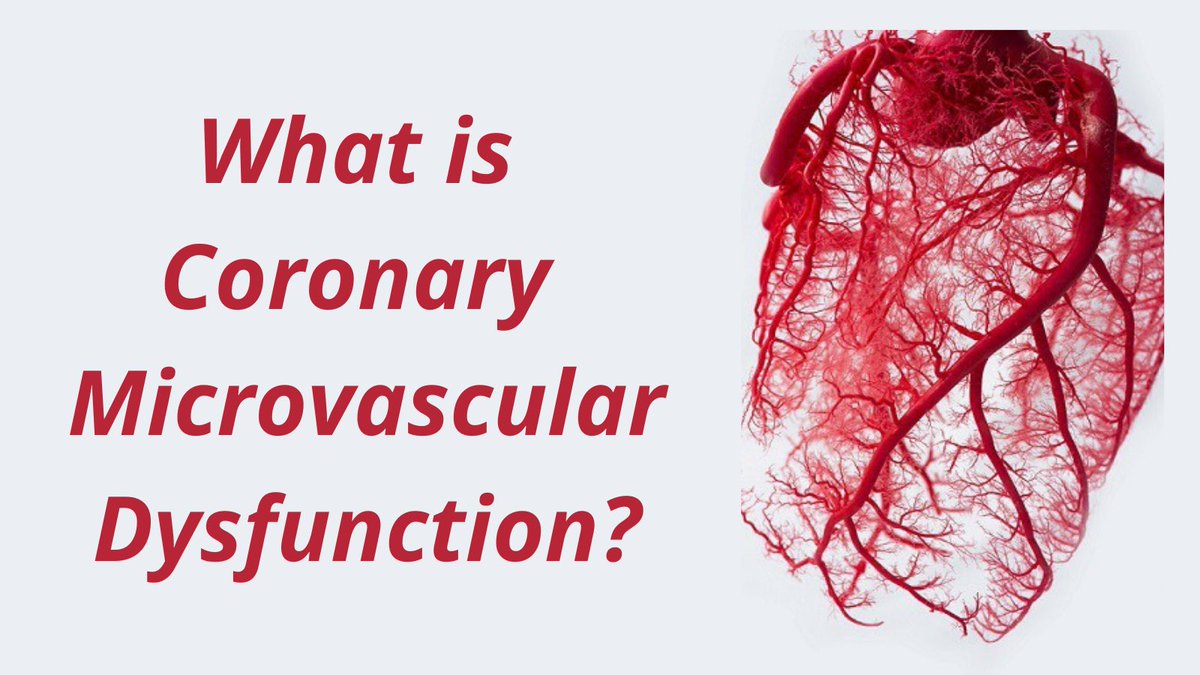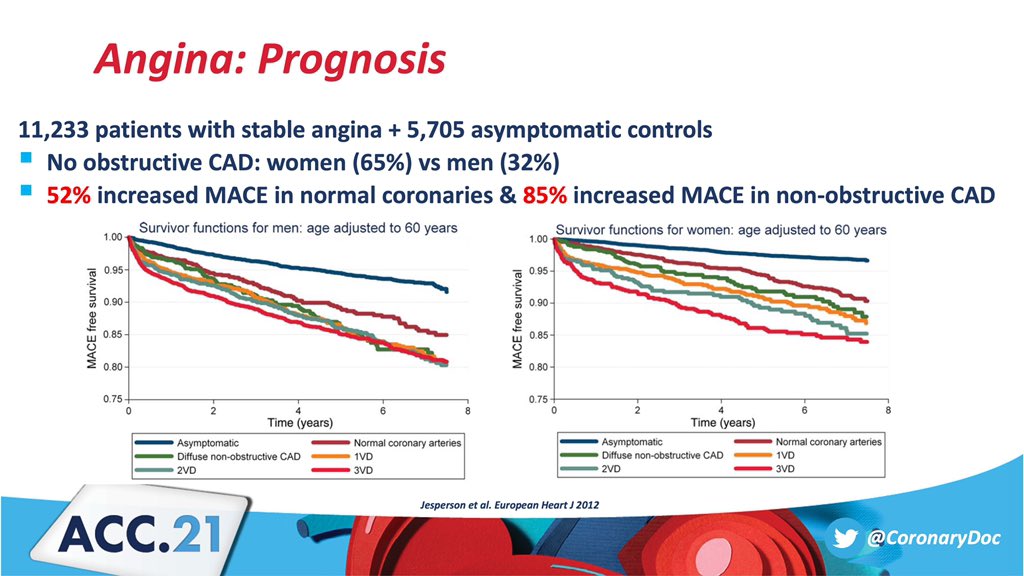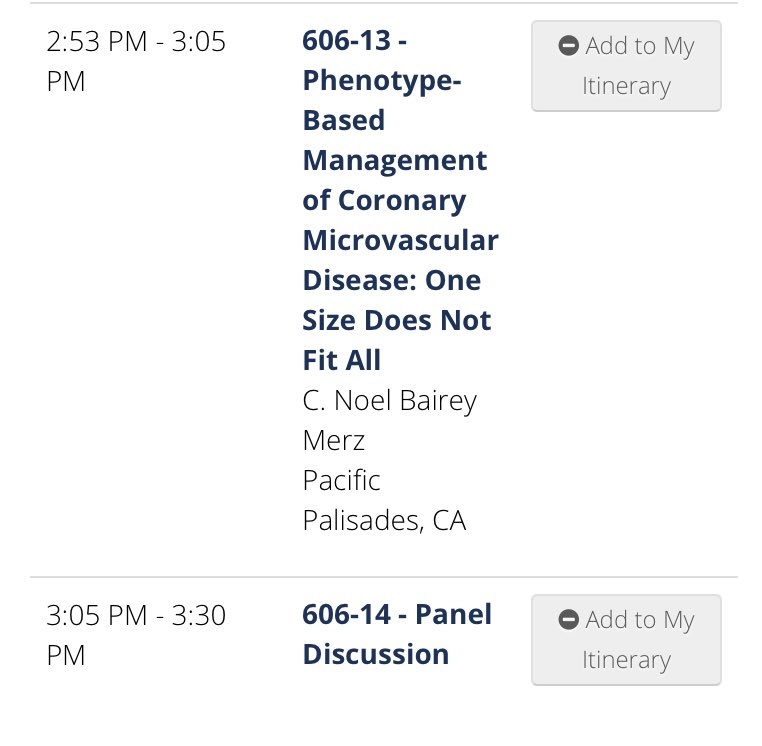A great move for patients with #CMD by @escardio
Definition, Dx & Rx are all addressed in new ESC 2019 Guidelines on Chronic Coronary Syndromes
✅ Invasive CFR/IMR: Class IIa rec
✅ Invasive Endo Fxn by ACh: Class IIb
✅ Non-invasive testing: Class IIb
escardio.org/Guidelines/Cli…

Definition, Dx & Rx are all addressed in new ESC 2019 Guidelines on Chronic Coronary Syndromes
✅ Invasive CFR/IMR: Class IIa rec
✅ Invasive Endo Fxn by ACh: Class IIb
✅ Non-invasive testing: Class IIb
escardio.org/Guidelines/Cli…


Definition of “Microvascular Angina” & how to distinguish between angina from #CMD & #CAD
👇
I personally avoid using this term because even when we establish Dx of #CMD, many pts have concomitant epicardial dz &/or Endo Dysfxn; so angina might be multifactorial or 2/2 other 2


👇
I personally avoid using this term because even when we establish Dx of #CMD, many pts have concomitant epicardial dz &/or Endo Dysfxn; so angina might be multifactorial or 2/2 other 2



✅ @escardio recommend Rx for #CMD:
BBlockers
ACEi
Statins
✅ Our practice (in order):
BBlockers
Statins
ASA (if any CAD)
Nitrates
CCB
Ranolazine
ACEi
(no strong evidence for any of these meds)
BBlockers
ACEi
Statins
✅ Our practice (in order):
BBlockers
Statins
ASA (if any CAD)
Nitrates
CCB
Ranolazine
ACEi
(no strong evidence for any of these meds)

• • •
Missing some Tweet in this thread? You can try to
force a refresh




































